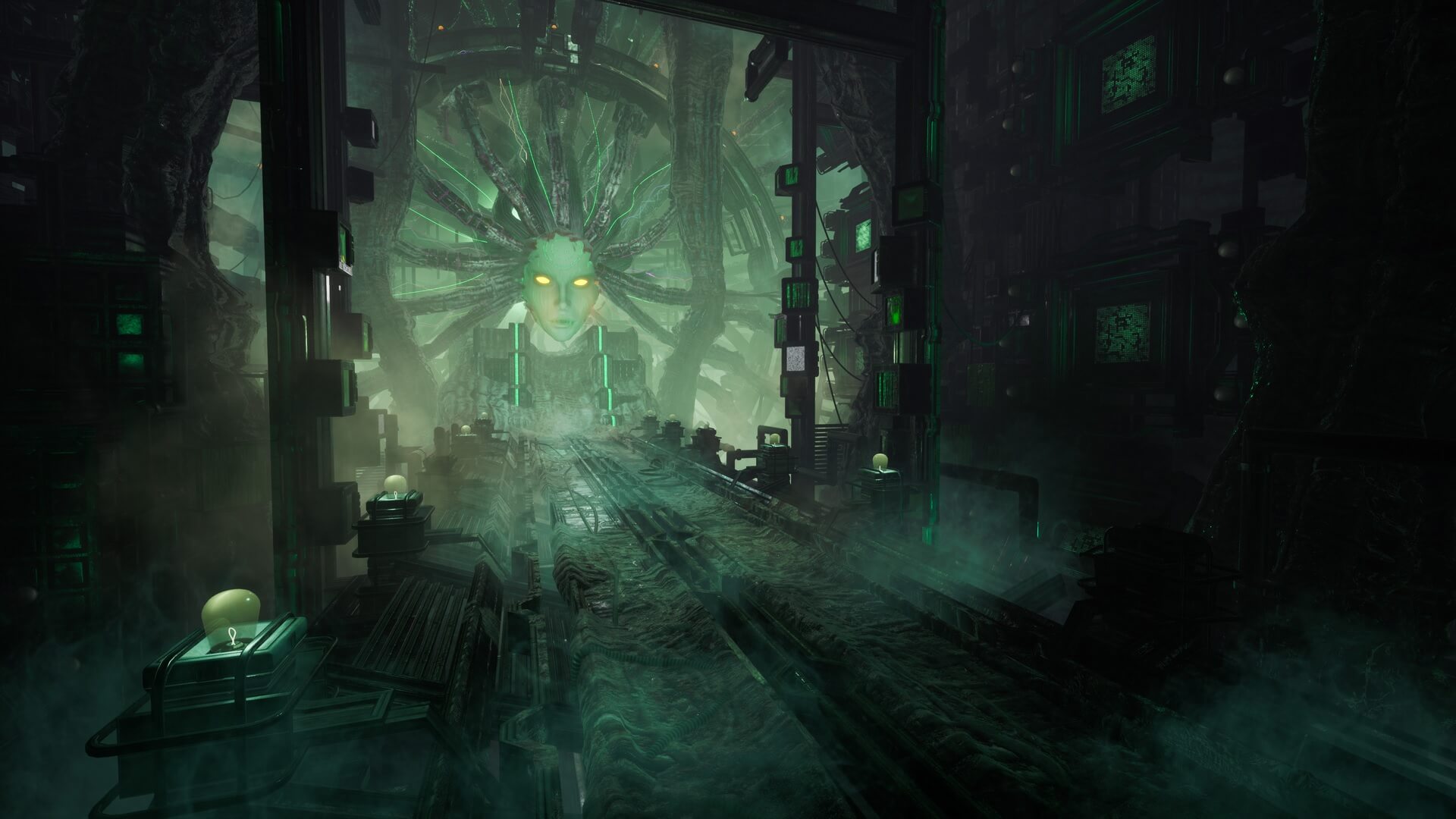
SS2 is an infinitely more approachable game and feel like it aged better, it's a lot easier to pick up and play as the interface is far more intuitive.
#SYSTEM SHOCK 2 HOW TO#
After 20 years, I’m not sure another horror game has done that better, or been allowed to.I can't help but find weird that a person with a System Shock avatar is asking for tips on how to play System Shock.Īnyway, even with the enhanced version I couldn't get into SS1 at all, I feel like it's one of those games you needed to experience back in the time it came out to get the most out of it. Instead, it provides players with prompts for their own imagination. If System Shock 2 (available on Steam and GOG) thrived on the suggestion of evil, alien things or the perversion of the everyday and mundane, the increasing fidelity and detail of the horror games that followed increasingly meant that they could and had to depict the kind of creatures and horror that existed in the text of their story. The first time you hear it, you won’t even be sure that you did. The sound it makes… to this day I can hear it in my head, a strange warbling zip-buzz that is the sonic equivalent of an imagined movement in the corner of your eye. It is a fluid piece of a shadow, something you can’t track fast enough to bring down until it’s on top of you. Trapped within a still frame of animation, the cyborg assassin is little more than a set of panythose topped with a sheet and a webcam (honestly, it’s a Scooby-Doo villain), but in the game itself it’s lack of definition and vagueness become more suggestive. Despite having played the game three or four times I’d never really gotten a good look at it until I looked it up on a fan wiki just now. One of the scariest and most capable enemies in the game is an assassin robot. It’s still just a basic enemy with a club or a weak shotgun, but knowing what it represents makes it chilling well into the game. When they spot you, you might hear a strangled entreaty, “Kill meeee!” or a sudden accusation “Your song is not ours!” depending on which will manages to express itself. So we learn that the zombies are not really zombies, but humans undergoing a process of mutation and psychic enslavement to a collective will called “the Many” (in retrospect, it’s not hard to see writer / designer Ken Levine working on the themes of collectivism, individualism, and corporatism that would become over-familiar across the Bioshock franchise). The audio logs also tend to be origin stories for the enemies you’ve encountered, or will encounter.

#SYSTEM SHOCK 2 PLUS#
Plus there’s SHODAN, an evil supercomputer from 1994’s System Shock that returns both as a cause of this disaster and perhaps your only ally in stopping it. This game may begin with some zombies, but they’re only one facet of a story that involves a violent mutiny, the rise of two fascist warlords (one of whom just happens to be right about what’s going on, but is such a violent and repellent character that they end up isolated and defeated), corporate interests corrupting judgment in ways large and small, and an alien collective slowly infecting and subverting the will of its most suggestible victims. Perhaps because there were such a memorable part of Looking Glass’s original System Shock, or because they were not yet regarded as an exhausted trope, System Shock 2 embraces them without reservation to unfurl an entire three-act tragedy to in which you can play only the briefest part at the very end. This was a less haggard concept in 1999, as were the audio logs that System Shock 2 uses to tell its story. You don’t belong here, and suddenly you feel like you’re not fighting a single enemy but instead an entire immune system bent on eradicating the virus you represent. “Out of place.” And it dawns on you that it is talking about you. Something wrong, twistedly familiar but repellently alien. You look down a long, dim hallway just as that unnaturally-elongated human form rounds a corner, with its oddly hooked elbows and jerking gait, and you aren’t looking at that character model anymore but instead you’re seeing something completely different. In the game, you hear the hiss of a door opening and then irregular, meaty footfalls on a polished metal deck. But that’s not how they were in the game, not really.

If you look at still frames of those zombie-like enemies, then the models and textures are incredibly crude and ugly. Take the game’s most bog-standard enemy, the Hybrid.
#SYSTEM SHOCK 2 SKIN#
Within some severe constraints, the artists, sound engineers, level designers, and writers at Irrational made a game that has been under my skin and inside my head ever since I first played it.

I think there was something about those limitations themselves that helped it achieve a deeper resonance. Don’t think that I’m saying System Shock 2’s achievement is transcending its limitations.


 0 kommentar(er)
0 kommentar(er)
